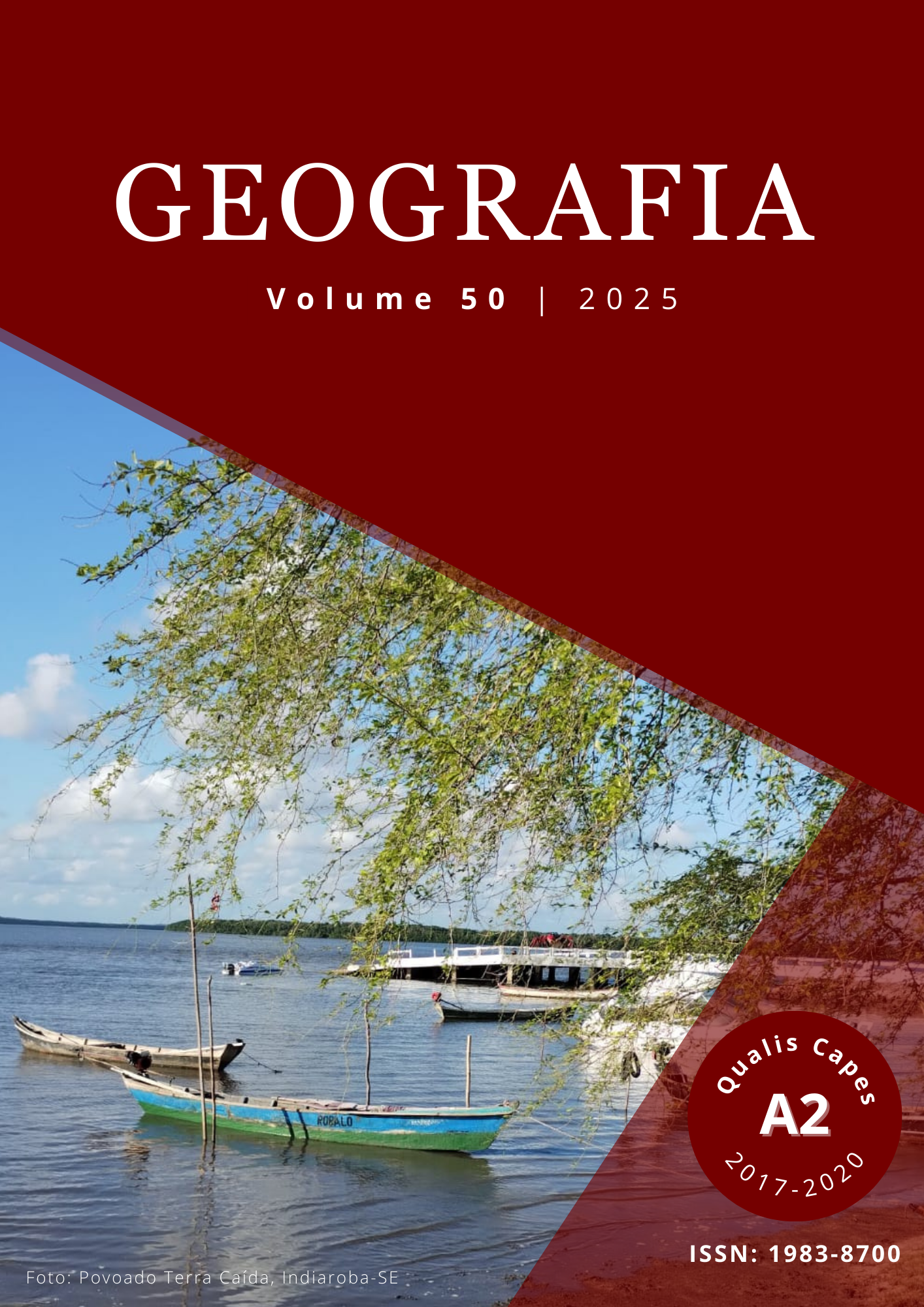The situation of urban spaces is Mozambique: from 1980 to 2017
Abstract
Mozambican urban spaces are a product of the colonial period. After National Independence, several initiatives were taken by the FRELIMO Government with the aim of changing the urban duality, strongly marked by racial discrimination, however, without the expected outcome. Urban spaces were reclassified, with rural areas incorporated into urban space. It is likely that the implementation of this measure has changed the contents of urbanity, defined by Araújo. Almost 50 years after independence, it is urgent to analyze the current stage of urbanization, based on the analysis of the contents of urbanity, namely: (i) building materials; (ii) water access; (iii) access environmental sanitation; and (iv) access to electricity. The study analyzes the evolution of these indicators based on data from the 1980, 1997 and 2017 census. Based on the data from 1980 census we adjusted the indicators so that the contents of the indicators are comparable. The data analysis shows two main changes: The northern region that includes Zambezia province has collected less compared to the other regions of the country and in contracts, and, apart from Inhambane, the Southern region recorded more changes/gains.
Downloads
Published
Issue
Section
License
Copyright (c) 2025 GEOGRAFIA

This work is licensed under a Creative Commons Attribution 4.0 International License.
The authors maintain the copyright and grant GEOGRAFIA the right of first publication, with the articles simultaneously licensed under the Creative Commons BY 4.0 License, which allows sharing and adapting the articles for any purpose, as long as appropriate credits and provisions of image rights, privacy or moral rights. Other legal attributions can be accessed at: https://creativecommons.org/licenses/by/4.0/legalcode.en.
Geography, Rio Claro, SP, Brazil - eISSN 1983-8700 is licensed under the Creative Commons BY 4.0 License.





